Leaves Are Your Friends: 5 Ways to Repurpose Leaves for Your Yard
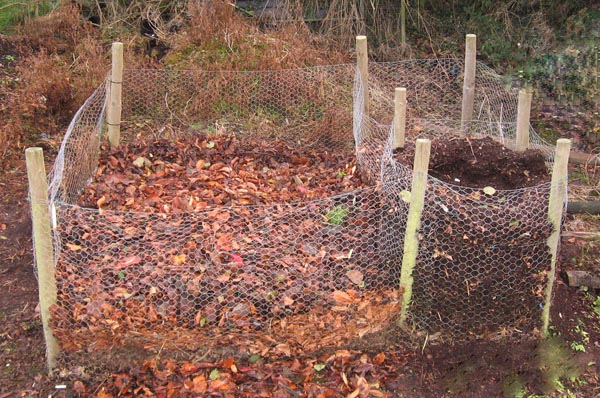
Take a look at these ingenious ways to reuse leaves from you yard for free!
Leaves are natural part of any ecosystem that provides nutrients for organisms. You may think leaves are a nuisance because of the time it takes to clean them up during the early spring and late fall, but in reality, leaves are your friends.
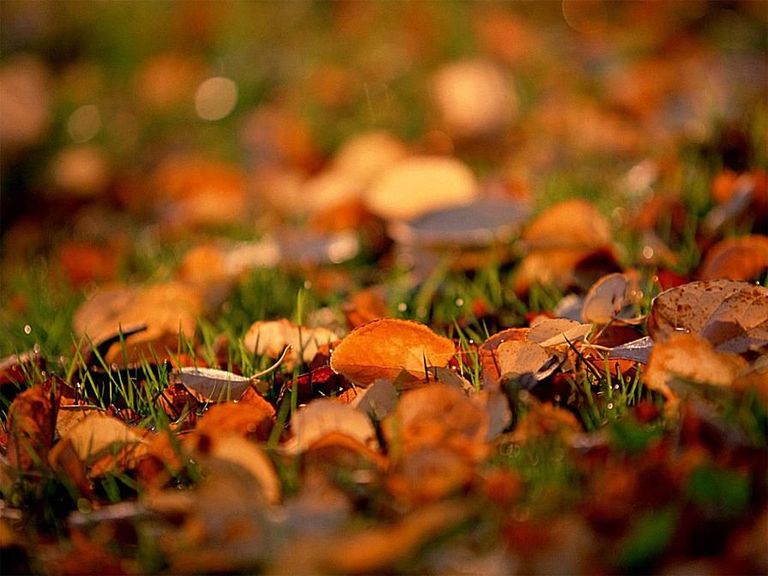
Leaves on the ground are beneficial to wildlife, your garden, and help keep the environment a little cleaner. Fallen leaves provide habitats for creatures such as salamanders, frogs, toads, box turtles, among others.
The Environmental Protection Agency estimates that approximately 33 million tons of yard waste is collected on average every year and that yard trimmings account for nearly 14 percent of all municipal solid waste. Reducing the number of times you clean up leaves, brush, and branches reduces the amount of time, energy, and resources devoted to collecting and disposing of yard waste. Perhaps it is time for a different approach to tackling the fall foliage?
Here are 5 ways to avoid the typical rake-and-remove from years of leaf buildup by repurposing those leaves in creative ways.
Shredded Leaves for a Better Garden
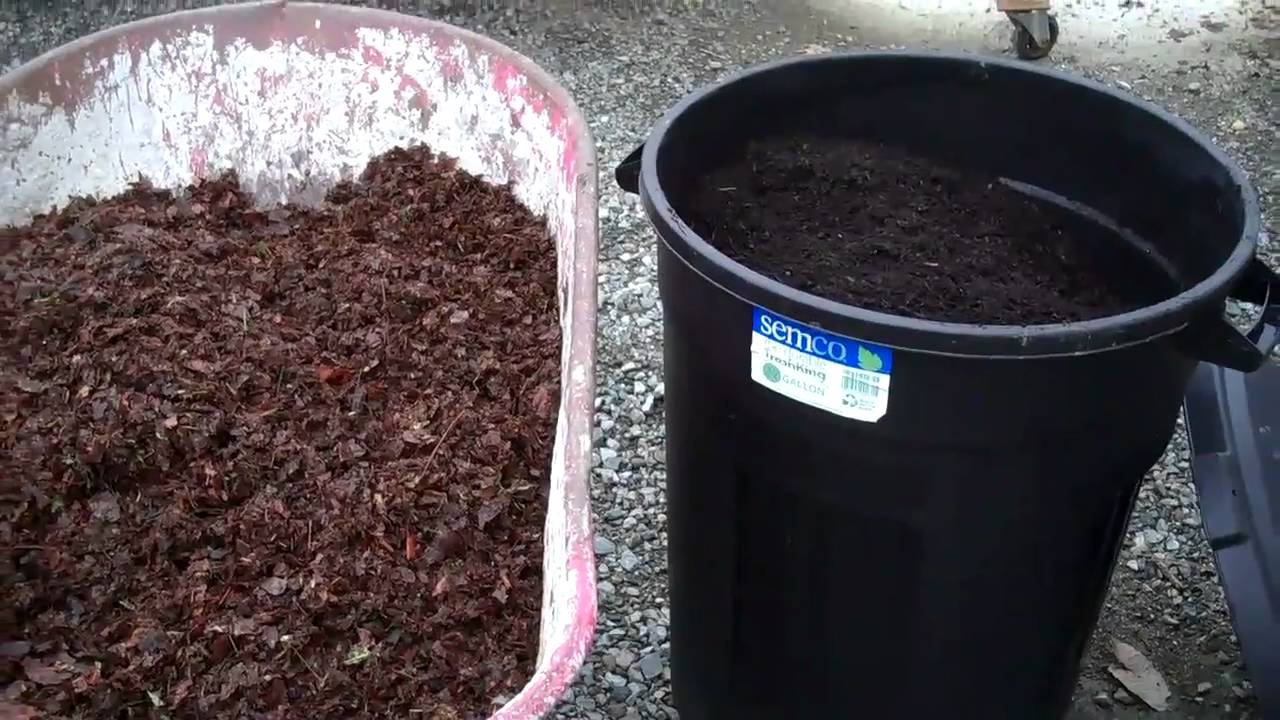
A good shredding can help reduce the abundance of leaves in your yard during the late summer and early fall. Collect as many as possible before the shredding process.
If you have more leaves on your property than America has coffee shops[1], consider investing in an item like the Cyclone Rake. The Cyclone Rake is the only leaf and lawn vacuum that folds up flat for easy storage and is conveniently designed to hang right on the wall of your garage. The Cyclone Rake leaf and lawn vacuum has been conquering the toughest property cleanup jobs with ease for over two decades.
After you’ve run the leaves through a leaf shredder (or just run them over with a lawn mower) use the remains to cover vegetables such as carrots, kale, leeks and beets to harvest them during the long winter. Mix the shredded leaves right into your garden.
Next spring, your soil will be teeming with earthworms and other beneficial organisms.
Turn Leaves into Compost
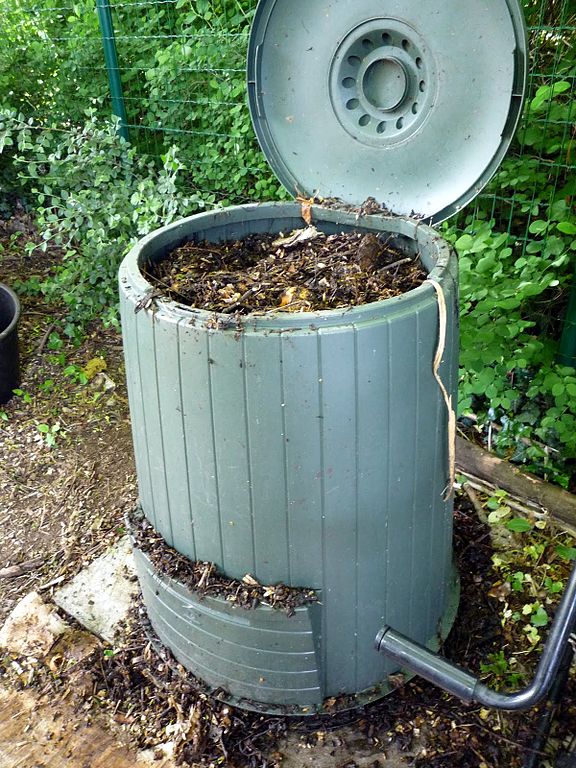
Now that you’ve got them all shredded, composting is another option. Simply rake the leaves into a big pile in a corner of your property. By shredding the leaves, you drastically reduce the time it will take to compost. In only a few months, a fungus will have broken the leaves down to a special compost that’s high in calcium and magnesium and retains three to five times its weight in water.
There are tricks to ensuring the leaves break down and don’t just remain in a pile for years and years. Two things you can do that will guarantee success in composing leaves. First, add extra nitrogen to your leaf compost. Manure is the best nitrogen supplement. A mixture of five parts leaves to one part manure will break the pile down quicker. Second, try covering your heap with a plastic sheet to keep warmth in and prevent the pile from getting too wet or too dry. Every once in a while, turn the pile over and mix it up, to maximize the impact of the manure.
Pound for pound, compost contains twice as many minerals as anything store-bought for your garden.
Try a Leaf Mold

If you have pounds of leaves in your yard but don’t have the space or time to compost all of them, consider making a leaf mold. Leaf mold is not as rich a fertilizer as composted leaves, but it’s easier to make and is especially useful as mulch.
First, create an enclosure for the leaves. A length of snow fencing makes for a good enclosure but a wooden bin works just as well. Gather as many leaves that will fit and wet them down thoroughly. Over the winter, the pile will break down sufficiently enough to use in the spring.
Community Recycling
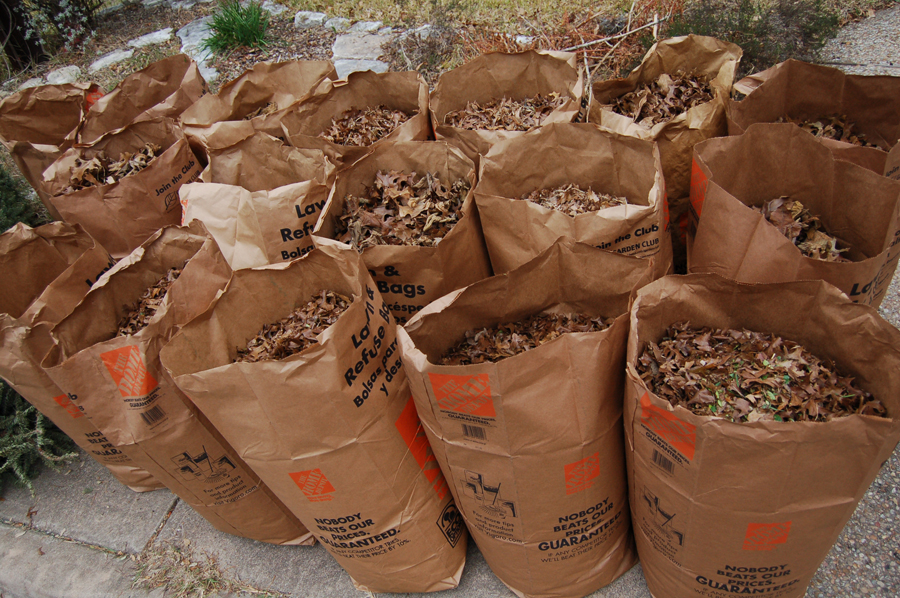
If you are not a gardener, and don’t do much growing of your own food, consider offering your bagged leaves to neighbors who use mulch and compost. If neighbors pass up the offer for the bag of leaves, you can sweeten the deal by doing the composting or leaf mold for them. Anything to get them off your property, right?
Feel free to also contact your local county or township to see if they will remove and compost your leaves at a municipal facility for redistribution in the community. You may also try and contact any local gardening clubs.
Arts and Craft Projects

Autumn is a season full of colors. Why not bring the beauty of the colorful fall leaves from outdoors to indoors? There are countless DIY craft projects that involve leaves including fall decorations like picture frames, candle holders, decorative bowls, wall decors, table settings and many more. These projects are fun to work on by yourself or with family and kids.
By taking an innovative and community approach to leaves, you can find all kinds of new uses. Just like with your friends, a little extra attention goes a long way!
MORE GARDEN IDEAS:
2) Harvested Dandelions – Use them to heal Everything from Arthritis to Cellulite




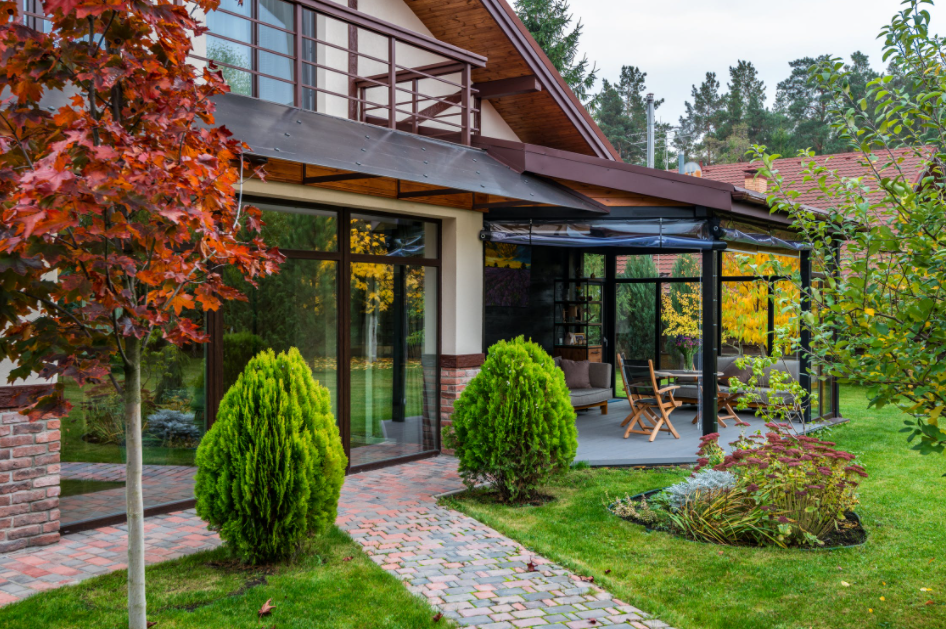


Leave a Comment